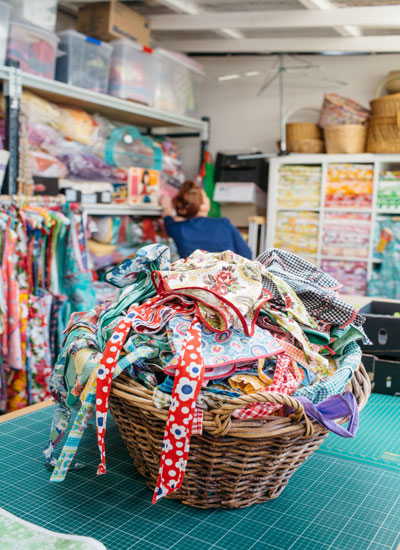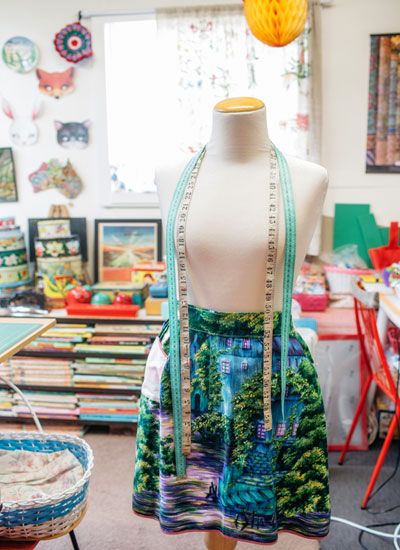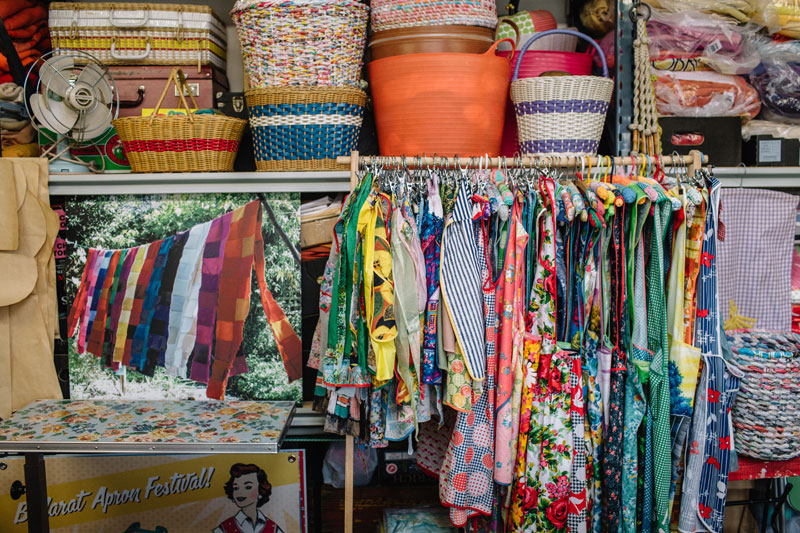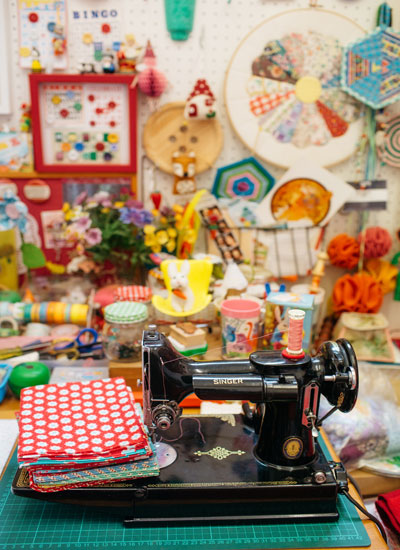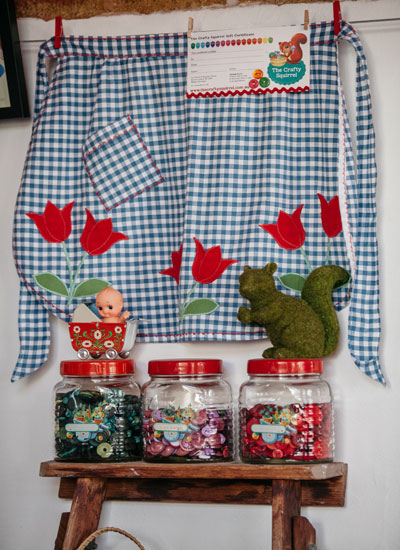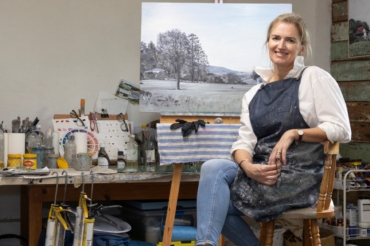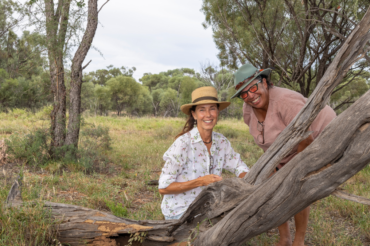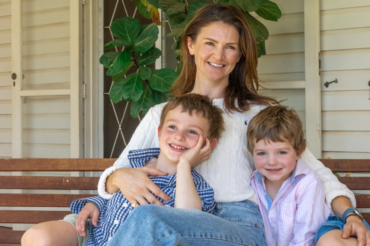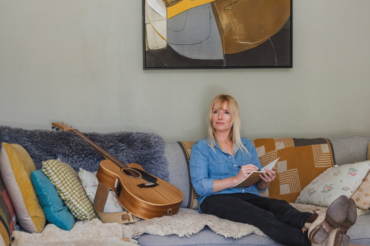
Every Friday morning when Morgan Wills prepares to shopkeep at her Ballarat corner store, she chooses a vintage apron from her collection and coordinates her outfit to match. She then takes a photograph and posts it on social media with a little bit of the apron-of-the-day’s story. She’s been doing it for more than 160 weeks. “I love to document them and give them their moment in the sun,” she says.
Aprons may have fallen out of favour, thanks largely to the rise in cheaply manufactured clothing. Morgan says this has seen aprons relegated to the quaint aisle, as their protective properties are no longer needed, but she believes they are an important part of our heritage and are worth preserving.
“What comes to mind for a lot of people is the image of the pretty little housewife wearing her hostess apron but aprons cross both genders,” she says. “They are garments worn in the act of doing — making, creating and working. Blacksmiths wear aprons as do butchers, mechanics, carpenters, chefs, even freemasons.”
For her however, the appeal of aprons lies primarily in the fabric. Her collection consists of domestic aprons in many different fabrics and patterns. “I am a collector by nature but it was because I was collecting vintage textiles and woollen jumpers to felt and refashion that I started coming across aprons and buying the odd one — just the real gems,” she explains.
Her collection has taken off in the four years since moving from Melbourne to Ballarat. From a small collection of 30-40, she estimates she now has about 350, including the crème de la crème, a number of Australian Taniwha aprons dating back to the 1930s, unworn and with their tags attached.
This story was originally published in the December 2015/ January 2016 issue of Australian Country. Order the issue here.
Click here for more creative corner.
Words Sue Peacock
Photography Kim Selby

